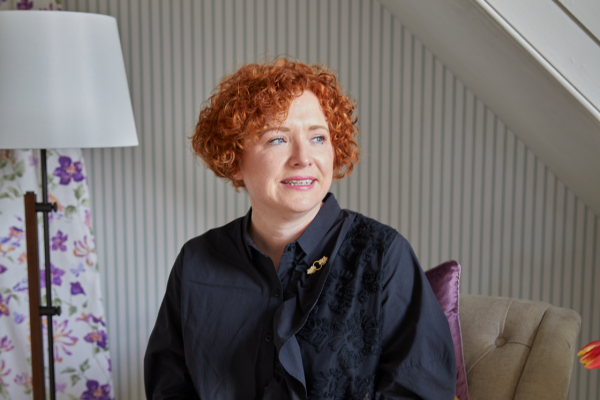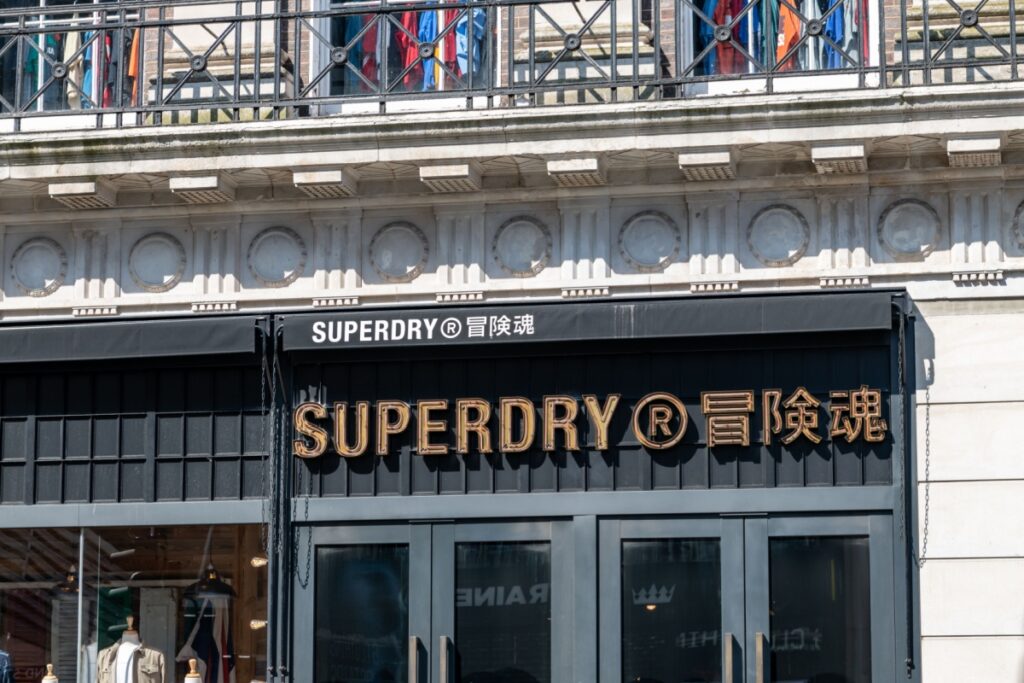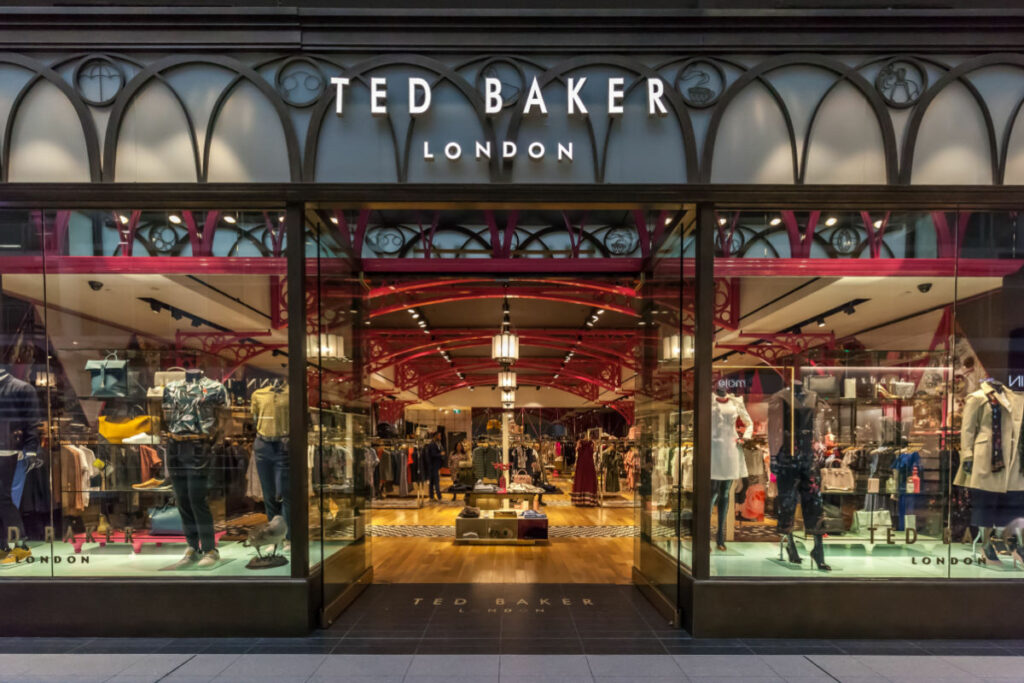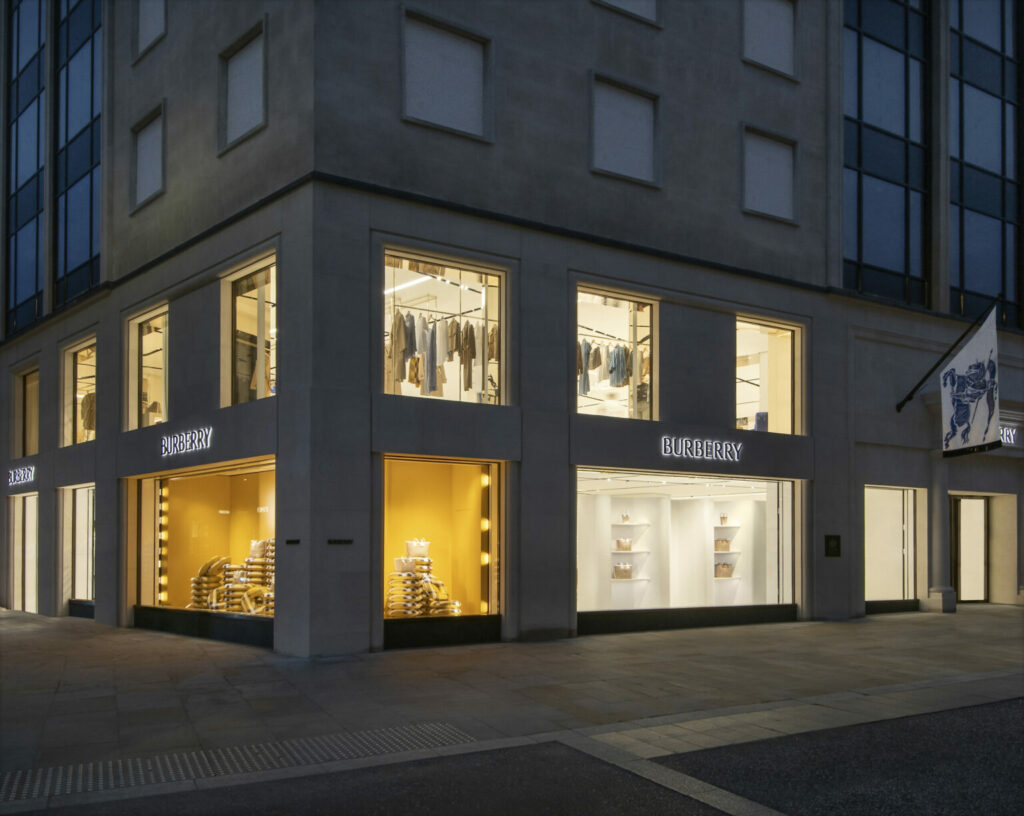Laura Ashley turns 70 this year, a milestone that seemed almost unreachable just a few years ago.
The British heritage brand, best known for its floaty floral dresses and botanical prints, was one of the first major retailers to fall during the pandemic.
After being rescued by Gordon Brothers in 2020 in an IP deal that saw it close all 147 stores, the brand underwent a complete overhaul of its business model adopting a licencing approach, and then went out to find itself a new home on the high street.
High street giant Next became that home, as it started to sell its new range of home products in April 2021.
The brand has also gone on to partner with the likes of M&S and John Lewis to expand its UK retail presence as part of the next stage in its business plan.
Vice president Poppy Marshall-Lawton is leading this revival. Previously the brand’s head of franchising and licensing, she has all the right credentials to spearhead it’s new retail model.
The brand now leases its intellectual property to other companies to produce branded products.
“The phrase everyone uses is asset light,” explains Marshall-Lawton. “It’s a lot less risky as we’re not investing in products and we’re not part of the supply chain.
“We work with partners who are experts in it as trying to source all the different product categories and trying to do that all yourself is complex.
“It lets us be a little bit more flexible, in terms of bringing on new partners and product categories that maybe we haven’t always thought about.”
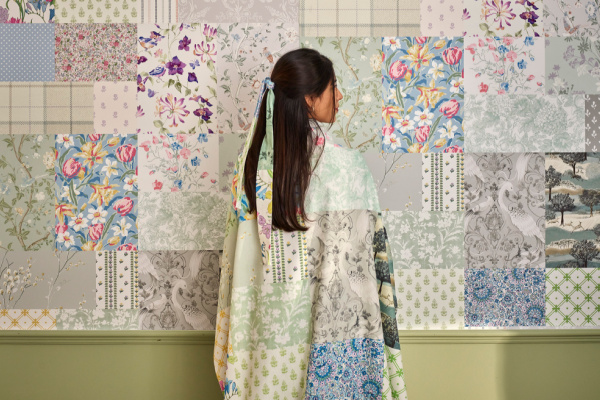
A busy year
Marshall-Lawton and her team have a big year ahead, not only for its a 70th birthday, but as she strives to let the world know that Laura Ashley is still alive and kicking.
“There are still a lot of people that don’t know Laura Ashley’s back,” she says.
“There are still some of the old stores that have got closing down signs or completely blacked out windows so we’re hoping all these 70th birthday celebrations really reignite that.”
The brand has lots planned, such as sponsoring the RHS Chelsea Flower Show in May to showcase its new garden line, and launching its own exhibition in the autumn to showcase both its heritage and current season’s products.
It is also expanding both its array of retail partners and the categories that it sells, with the relaunch of womenswear one of Marshall-Lawton’s biggest projects for the year.
“We’ve all been ready to do fashion since we relaunched. We’ve all had our mood boards and our trend packs for the last couple of years,” she says.
Rebuilding Laura Ashley
The excitement is palpable in Laura Ashley’s small Hammersmith office. It’s a far cry from this time three years ago when the quintessential British brand fell into administration.
Although the pandemic may have pushed it over the edge, Laura Ashley’s collapse was a long time as it had been in decline for some time.
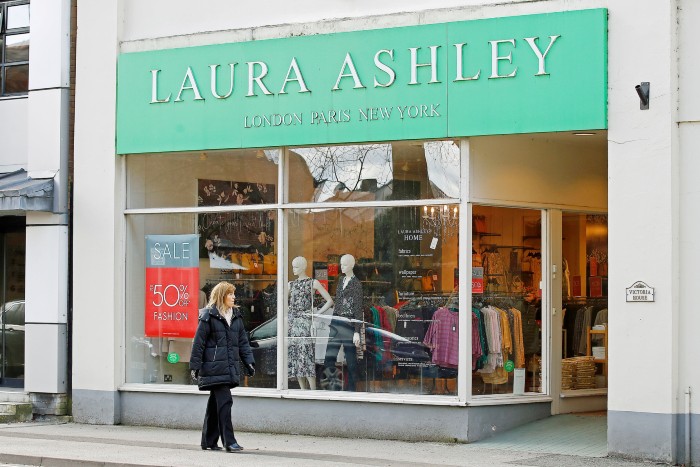
Marshall-Lawton says it hit the buffers for several reasons, spanning its complex supply chains to constant discounting caused by continuous poor trading.
“It was a really chunky company to operate so it always needed something to kick it to be completely restructured,” she explains.
After Gordon Brothers’ acquisition, the team pretty much started rebuilding the brand from scratch.
Working closely with new Laura Ashley Global president Carolyn D’Angelo, Gordon Brothers’ senior managing director of brands, the first port of call was to identify its brand pillars and target customer.
“We never had time to stop and do all of that in the old company,” she confesses, adding that now the business has four target customer groups, based around Laura Ashley’s old houses.
With a clearer perception of its customers and its the purpose of the brand, Marshall-Lawton set about bringing the brand back to life via a network of licensees.
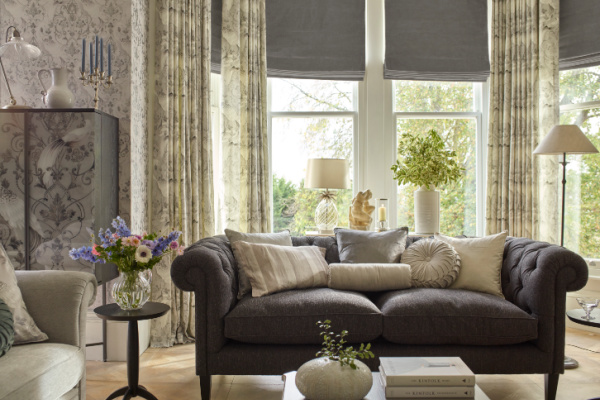
Laura Ashley started with its most profitable category pre-collapse: home.
The category, which included furniture, lighting, textiles and decorating, represented about 80% of the business at the time it went into administration.
Marshall-Lawton says its first focus was to make sure it had the right partner in those categories.
“One thing we’ve tried to do though is not have a cushion partner, a bedlinen partner, a curtain partner and try to keep those all within so we’re not managing endless partnerships.”
The brand made it’s retail return via a partnership deal with Next, which it inked in October 2020, just six months after it was rescued.
Next’s reach and strong brand position made the decision feel like a natural step for Laura Ashley, says Marshall-Lawton.
“We talked to a lot of other people, a lot of other partnerships, and it didn’t feel right to go into some of them.”
Ecommerce was also a big consideration for Laura Ashley and this is an area that Marshall-Lawton says Next were “above and beyond”.
The retail giant built a website for Laura Ashley which has seen shoppers going to the brand’s old web address redirected to Next’s Total Platform. The so slick is the experience that it could easily be mistaken for a standalone website.
However, its tie-up has also brought Laura Ashley back to the high street as it is now stocked in 48 Next stores.
A broader customer base
Laura Ashley is now almost two years into its Next tie-up and the move has seen the brand’s customer base “broaden massively”.
Half of its customers are now aged 35 to 55 and the other 50% over 55, compared to the largely 60-plus demographic the brand was attracting pre-administration.

Expanding its retail partners
Laura Ashley now sells through retailers including John Lewis, M&S, DFS and Homebase and B&Q which also stock the brand’s decorating line, including wallpaper, paints and soon to be textiles.
Marshall-Lawton points out that working with retailers was not something the brand was able to accomplish in the past.
“Pre-Laura Ashley administration we couldn’t take our licences to John Lewis. They did not want to have Laura Ashley because it was a competitor, it was another retailer.
“Now, the retailers are talking to each other and they’re more than happy to work with each other.”
However, she says the brand keep its list of retail partners tight.
“We’re quite careful in expanding our distribution too much. We do still need to keep a little exclusivity and we’re trying our very best not to go down the discount route because it’s a bit of a spiral,” she says.
It is also conscious of not trading with businesses that are viewed as direct competitors.
“Whilst people think John Lewis and Next see each other as direct competitors, they actually have different market segments,” she adds, explaining that the moves have not cannibalised the brand’s sales.
Despite rolling out with other retailers, the Next tie-up represents about 50% of Laura Ashley’s business from national retailers.
Marshall-Lawton refers to Next as ‘the home of Laura Ashley’. “If you want any Laura Ashley products, as long as it’s appropriate, Next will stock it,” she says.
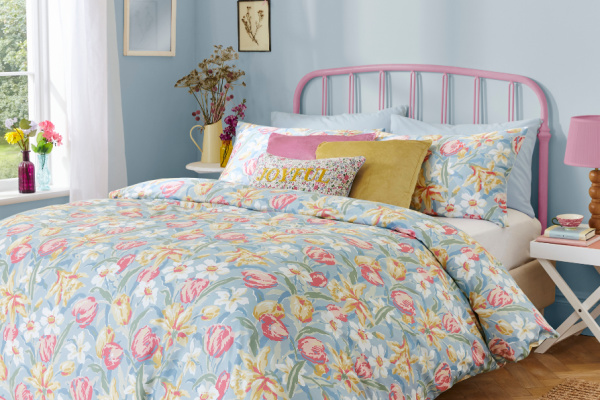
New categories
Laura Ashley returned to market with home and has rapidly been expanding its category range ever since, with its most recent venture into pet accessories.
“It feels like every Laura Ashley customer has got a pet so that just felt like an obvious step for us then to move into pet,” says Marshall-Lawton, whose own pet, miniature dachshund Woody, sits in our interview, curled up on a Laura Ashley dog bed.
Then there were certain categories that the business knew had performed well pre-administration, such as home fragrance, that it has started to introduce.
The business also plans to introduce tableware and garden accessories in the Spring with the latter being displayed at this year’s RHS Chelsea Flower Show, whilst its Mamas & Papas collection, which will span baby clothes, nursery bedding, toys and pushchairs, will also launch in Spring.
Marshall-Lawton wants every new category and collaboration to resonate closely with the brand to ensure it doesn’t end up over-extending through licensing.
Return to fashion
The biggest development in terms of new categories is the relaunch of womenswear.

The team has been itching to return to the category post-administration and even dipped its toes back into the fashion world in 2021 with its collaboration with New York-based designer Batsheva.
“We did the collaboration first to really just try to build the profile. Now Batsheva has been in Matchesfashion and Net A Porter for 18 months so it really shows how Laura Ashley can perform at that higher level.”
Off the back of that, the brand decided to make the big move and signed a licensing deal with IMG last Spring to return to fashion, footwear and accessories.
“We’re targeting that fashion is going to be 20% of our revenue but if we manage it correctly and get into the right retailers then it could really be a much bigger chunk of the business”.
Marshall-Lawton believes the future is bright for Laura Ashley and says its new business model has unlocked many opportunities.
In fact, she believes more retailers will start adopting a licensing model.
“I think you might start seeing more companies joining together. Suppliers are starting to realise that they can become a licensee, and that’s a way of expanding their business through that model. I think it’s something that people will start picking up on more,” she says.
It’s clearly a model that’s working for Laura Ashley and is helping Marshall-Lawton bring the brand back into fashion.
Click here to sign up to Retail Gazette‘s free daily email newsletter

